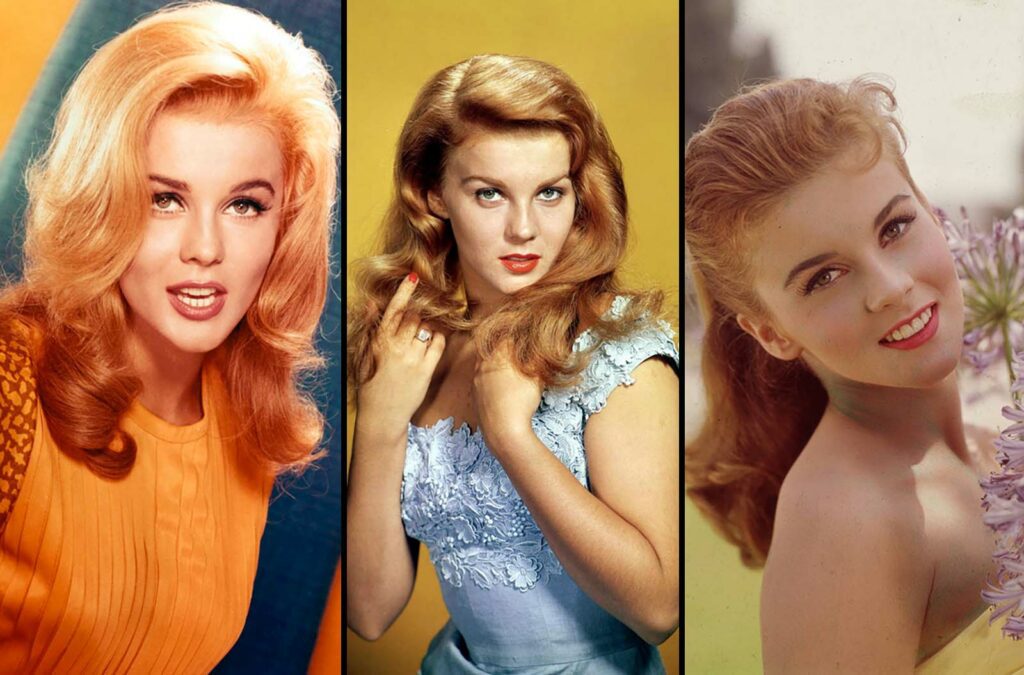
Ann-Margret Olsson, better known as Ann-Margret, became a huge movie star with a unique mix of ability, charm, and beauty.
She was born in Sweden and grew up in the US, and her magnetic presence in the entertainment world drew many in.
But it wasn’t just her acting skills that made her a legend; it was her many talents as an actor, singer, and dancer.
She has been singing and acting for seven decades, starting in 1961. At first, people thought she was a female version of Elvis Presley.
Her contralto voice is seductive and full of life. In 1961, she had a successful song in the Top 20 and an album that made the charts in 1964. In 1979, she had a disco smash.
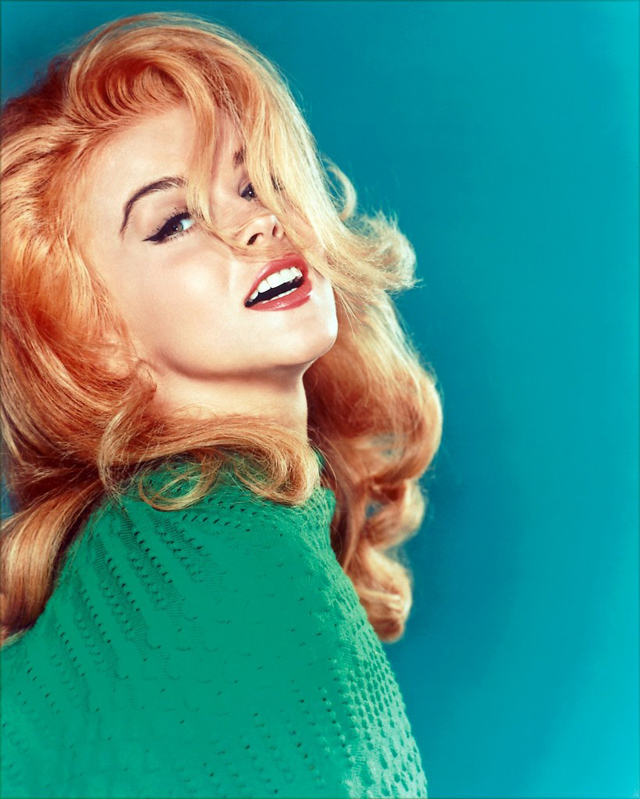
Ann-Margret did a screen test at 20th Century Fox in 1961 and signed a seven-year contract. She made her first movie in Frank Capra’s Pocketful of Miracles, which was a remake of Capra’s own Lady for a Day (1933). She worked alongside Bette Davis on the movie.
Ann-Margret won her first Golden Globe for New Actress of the Year for her role, along with Jane Fonda and Christine Kaufmann.
Then, in 1962, she starred in a production of Rodgers and Hammerstein’s musical State Fair as Emily, the “bad girl,” opposite Bobby Darin and Pat Boone.
She had already auditioned for the role of Margie, the “good girl,” but the studio officials said she was too sexy for the part.
Ann-Margret said in her autobiography that the two roles seemed to show the two aspects of her real-life nature.
She was modest and quiet offstage, but onstage she was full of life and sensuality, going from “Little Miss Lollipop to Sexpot-Banshee,” as she put it.
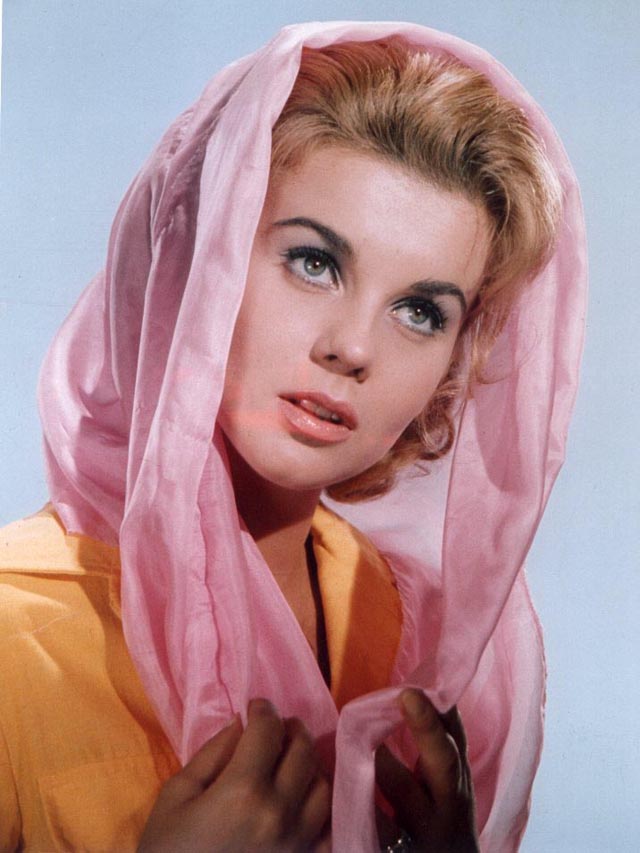
She became a big success after playing the all-American adolescent Kim in Bye Bye Birdie (1963).
It was the highest-grossing movie in its first week at the Music Hall, where it premiered 16 years after she first went there.
Life magazine put her on the cover for the second time and said that the “torrid dancing almost replaces the central heating in the theater.”
She was nominated for a Golden Globe for Best Actress because of how well she acted. A year after Marilyn Monroe’s iconic “Happy Birthday to You,” she was requested to sing “Baby Won’t You Please Come Home” at President John F. Kennedy’s special birthday party at the Waldorf Astoria New York.
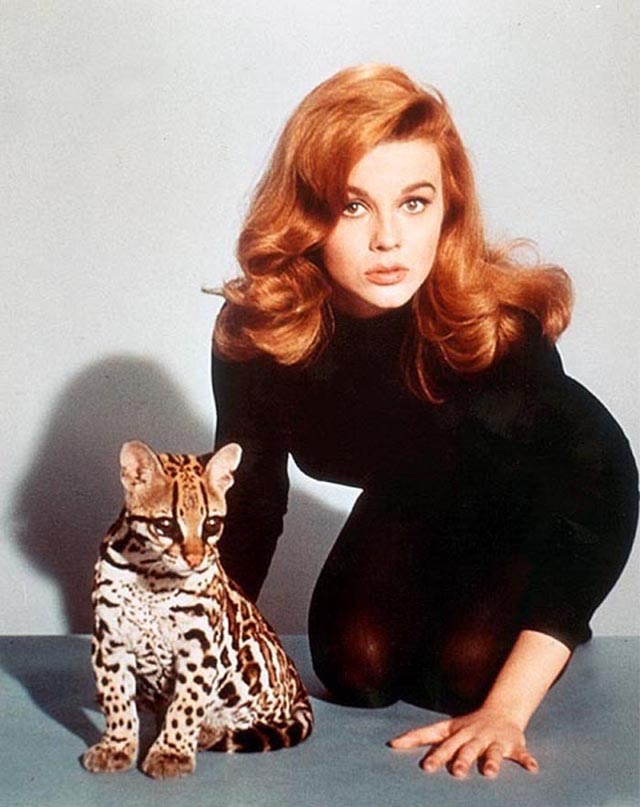
When they filmed Viva Las Vegas (1964) at MGM, Ann-Margret met Elvis Presley. Filmink said, “She had so much energy and pep that her last three male co-stars had to leave the set, but Elvis could keep up with her.” He was the best partner she ever had on television, and she was his.
For the movie, she sang three duets with Presley: “The Lady Loves Me,” “You’re the Boss,” and “Today, Tomorrow, and Forever.”
Colonel Tom Parker was worried that Ann-Margret’s presence would overshadow Elvis, therefore none of the songs were published until years after Presley’s death. Only “The Lady Loves Me” made it into the final film.
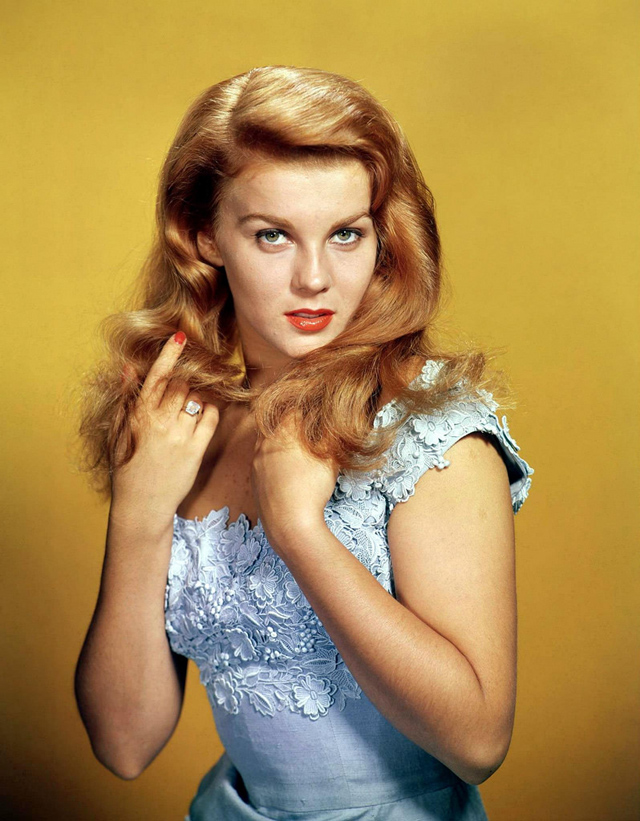
During the 1990s, Ann-Margret worked on both TV and movies. Her role in the 1993 comedy hit Grumpy Old Men and its equally popular 1995 sequel Grumpier Old Men introduced her to a new generation.
She kept doing well on TV and got her fourth Emmy nomination for the miniseries Queen (1993), in which she plays a woman who ages 60 years over the course of the series.
Ann-Margret has been romantically associated to Eddie Fisher, Hugh O’Brien, Frankie Avalon, Vince Edwards, and Hollywood billionaire Burt Sugarman, to whom she was briefly engaged in 1962.
She was married to Roger Smith from 1967 till he died in 2017. The two of them raised three kids together, who were Smith’s kids from a previous marriage.
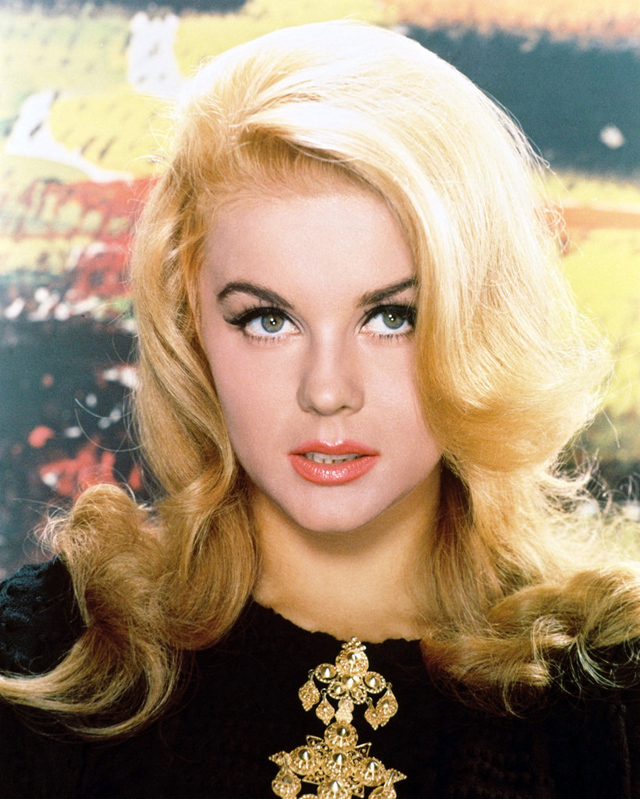
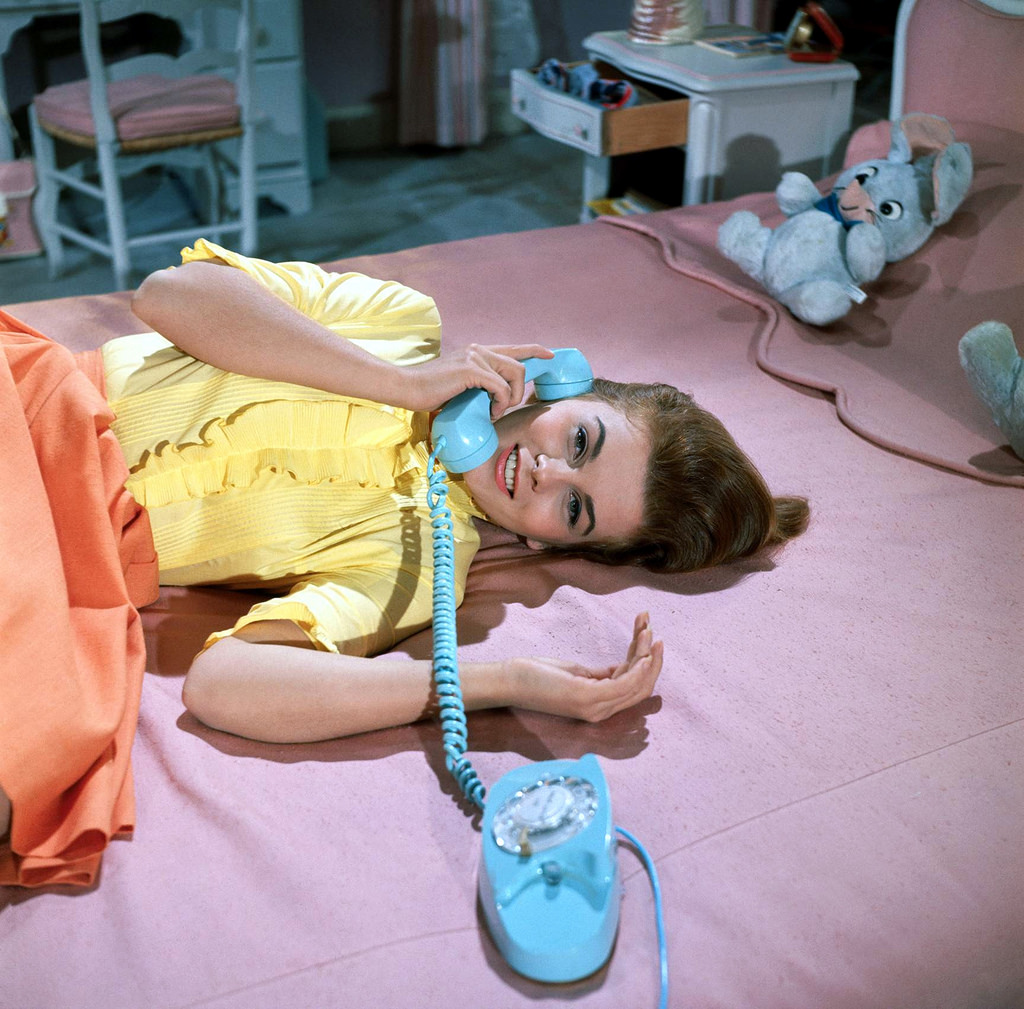
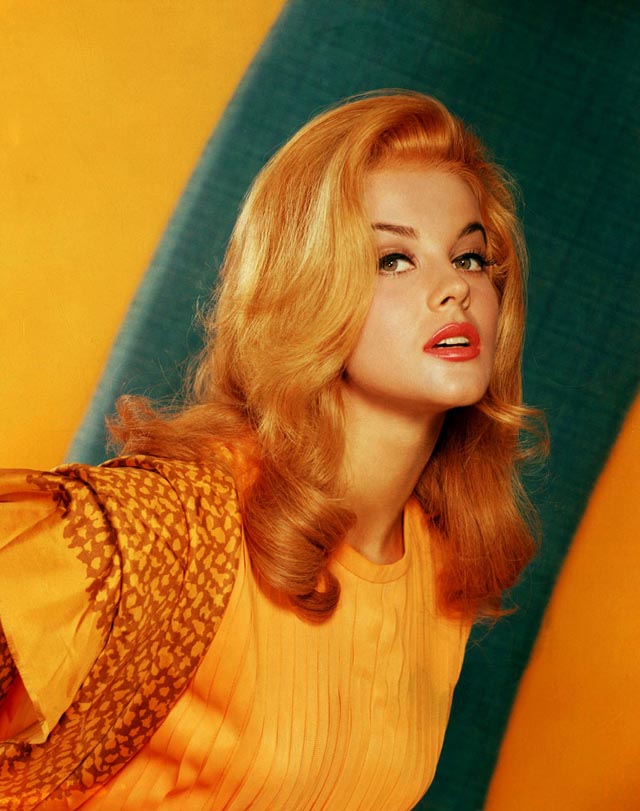
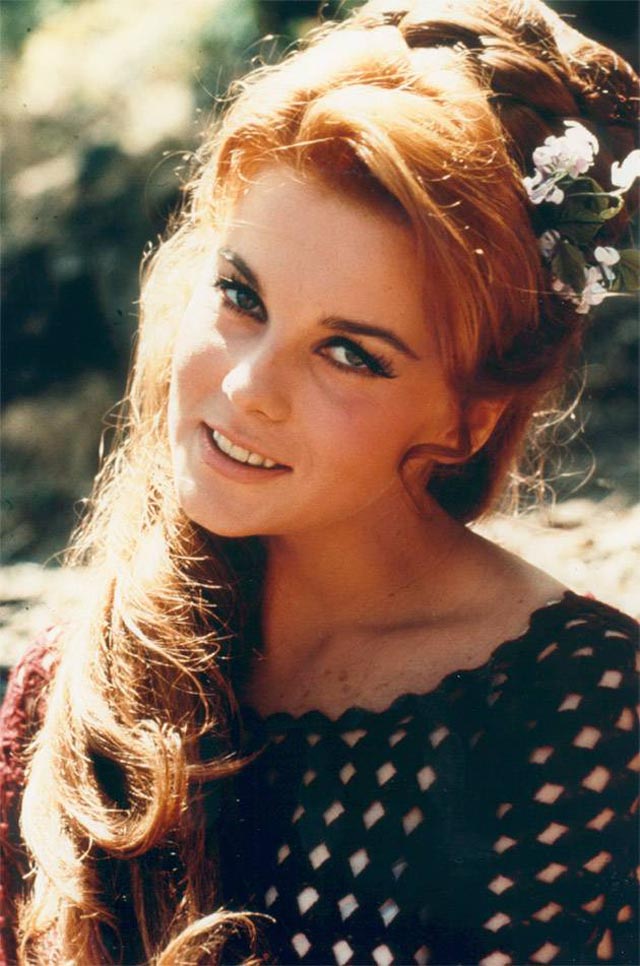
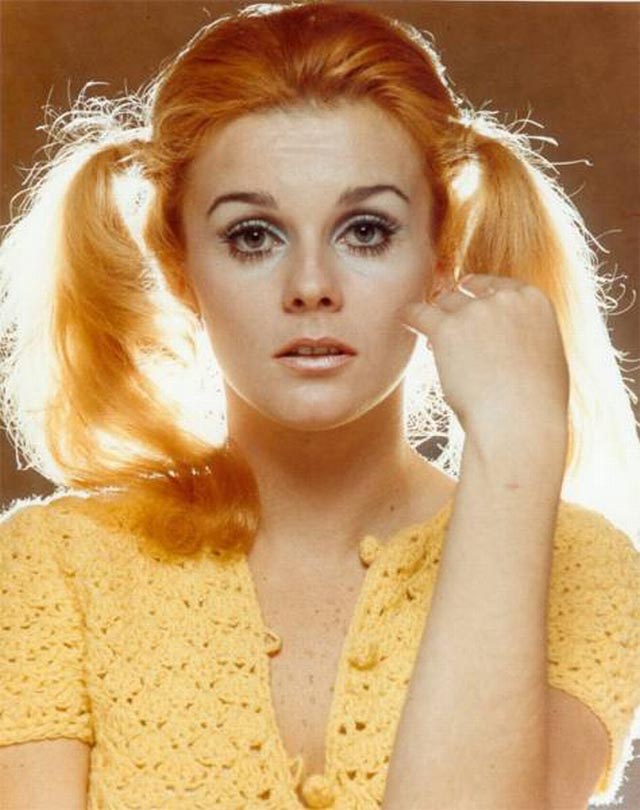
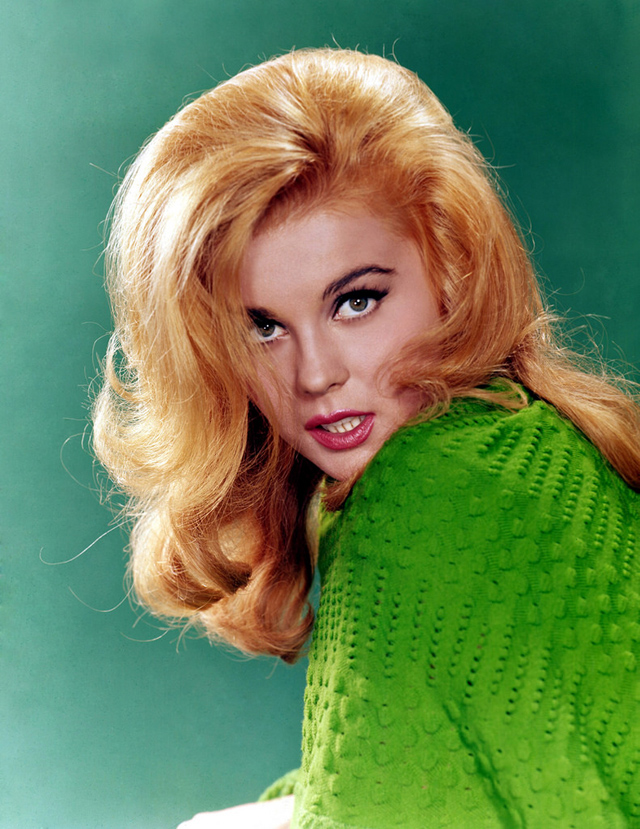
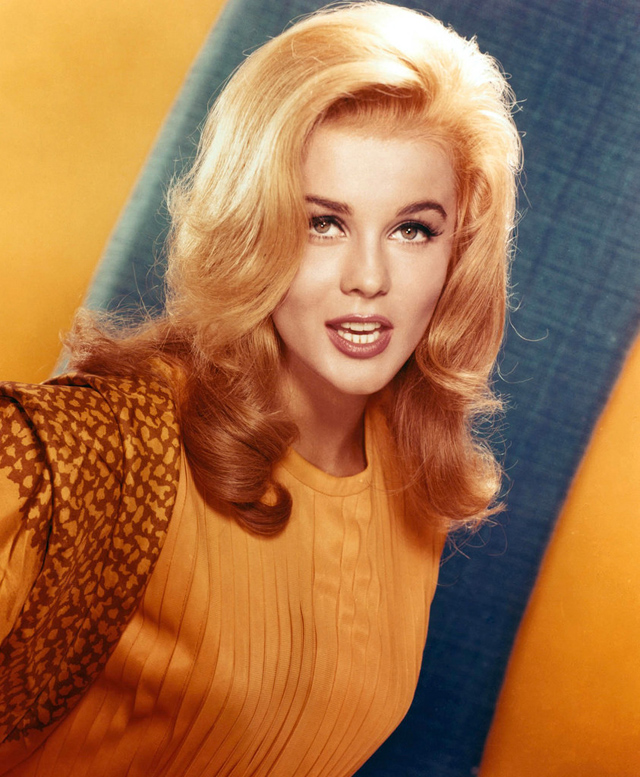
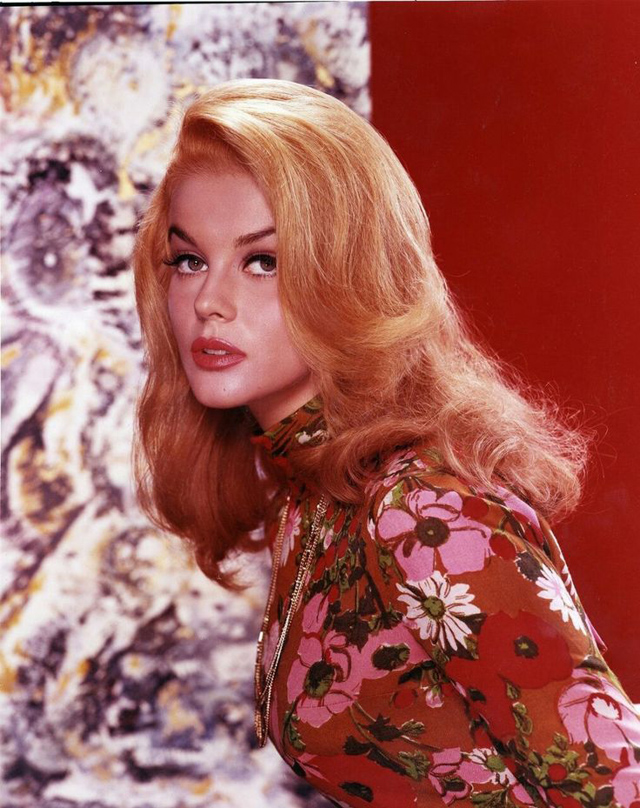
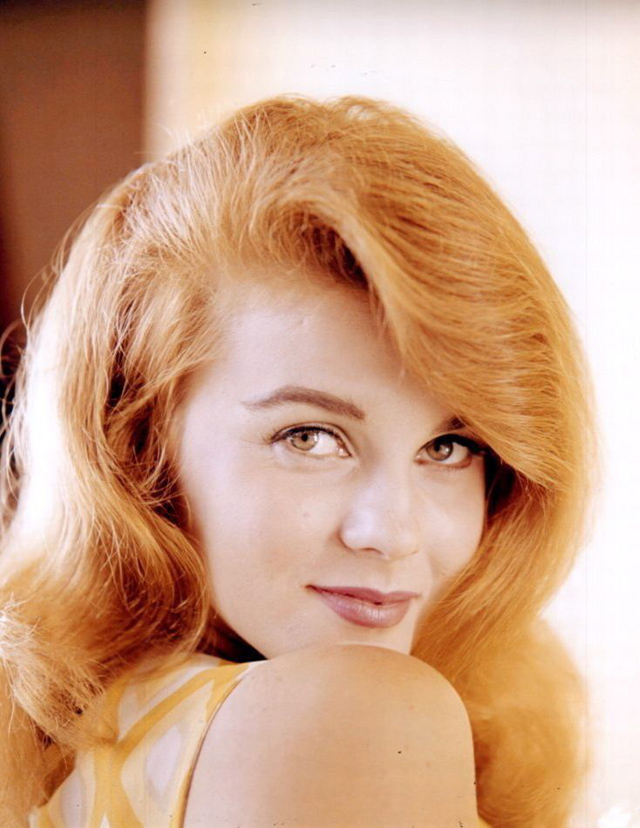
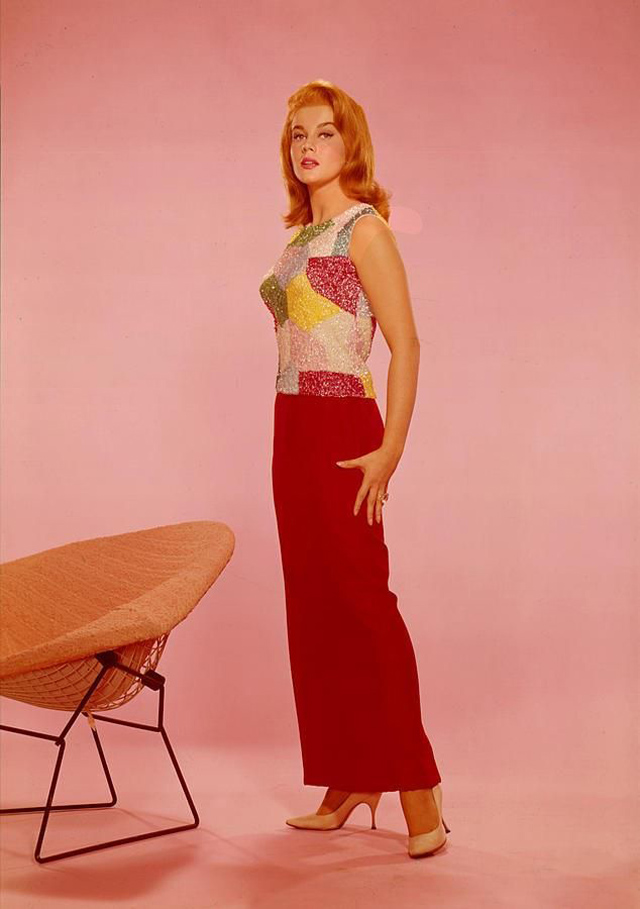
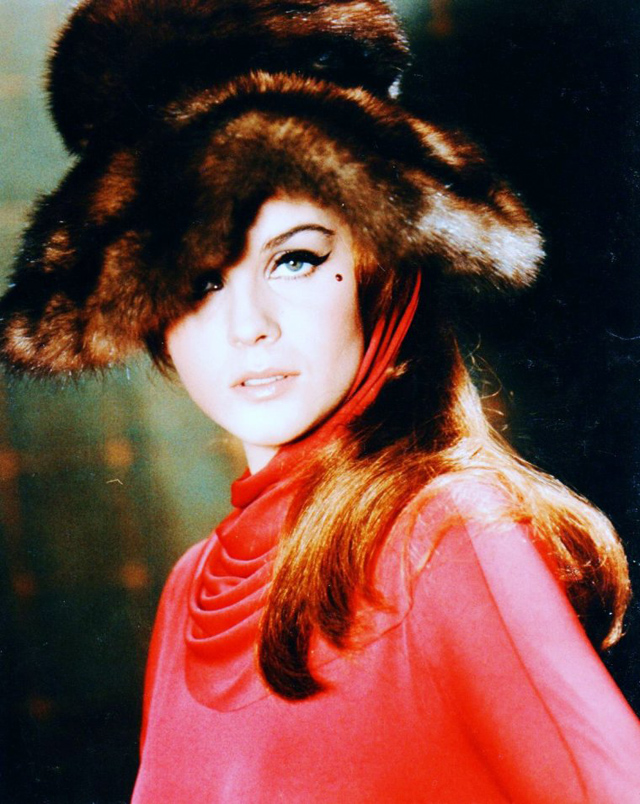
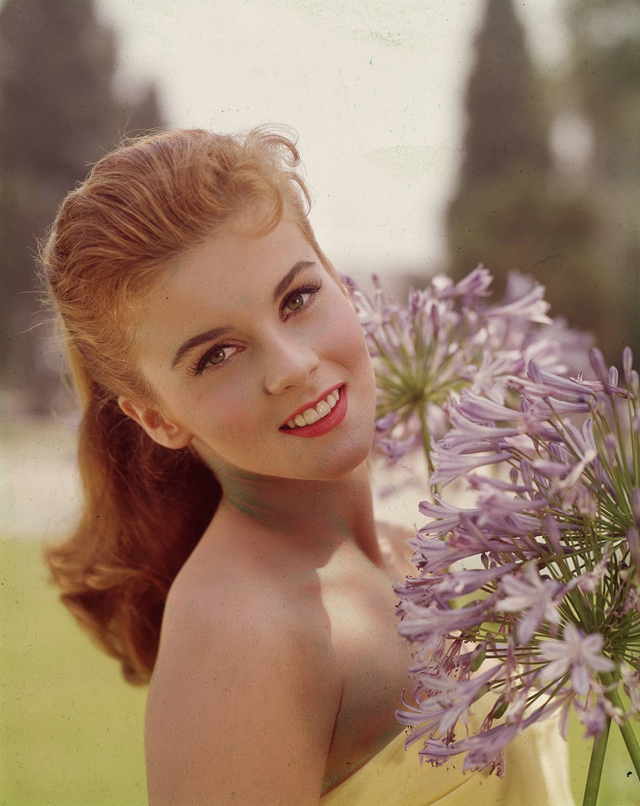
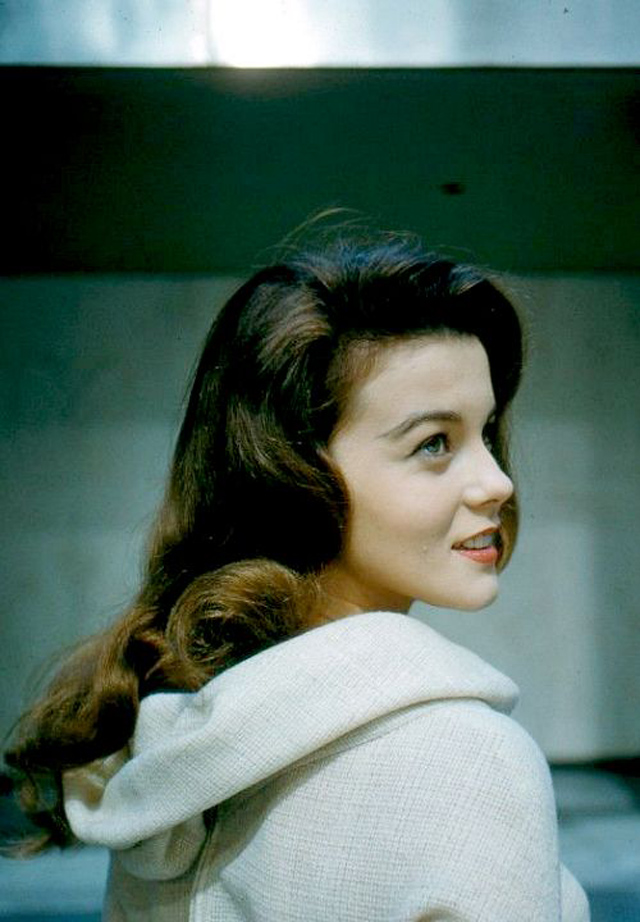
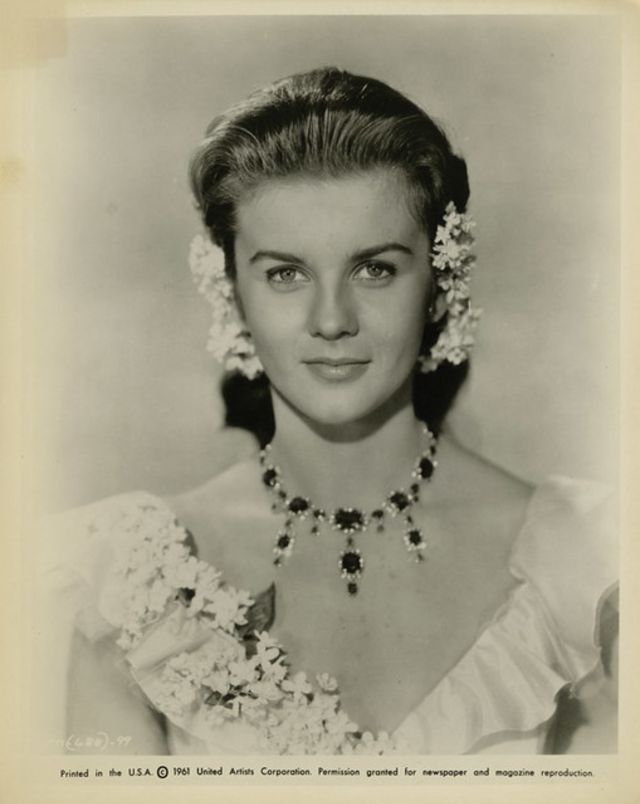
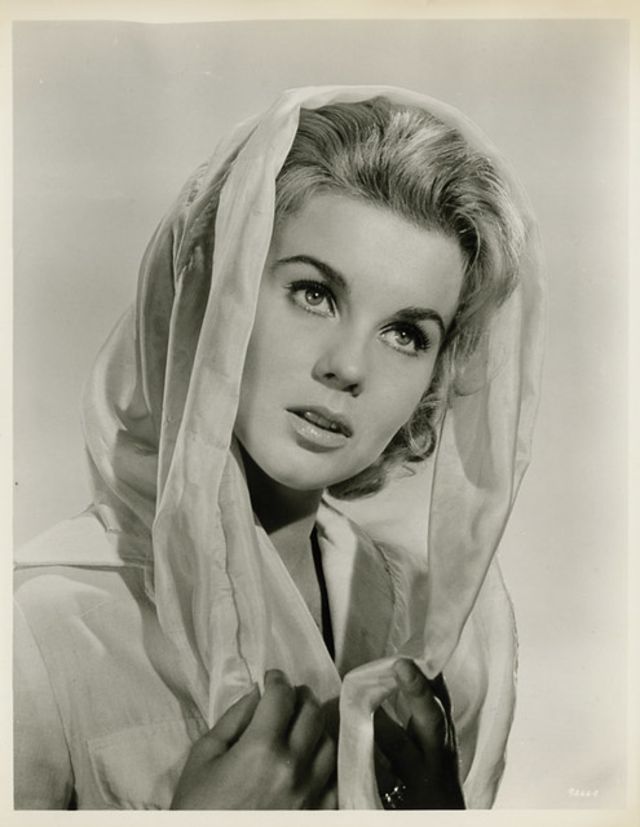
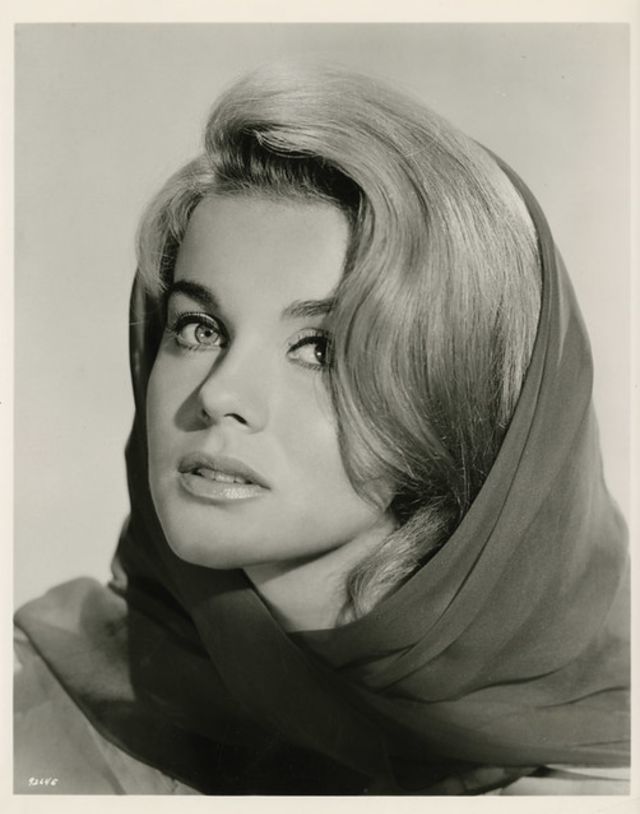
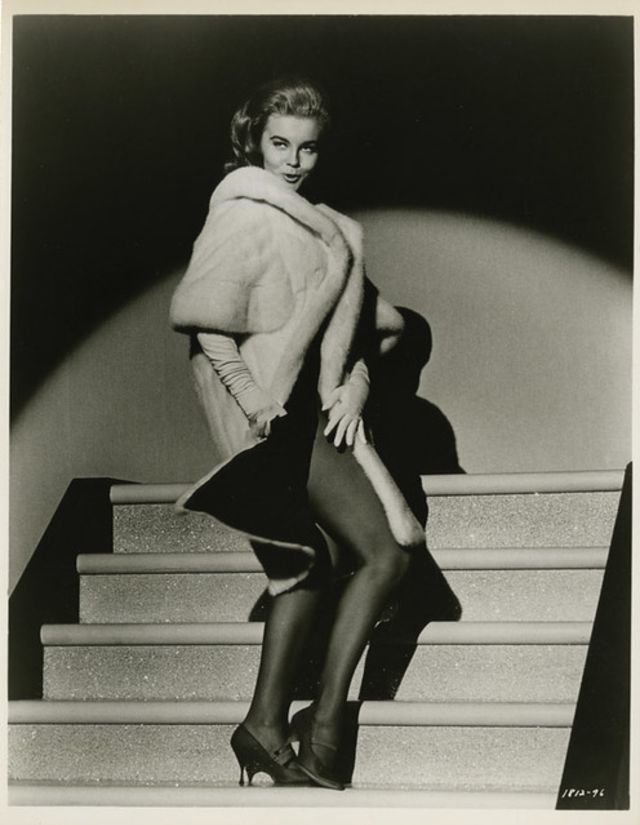
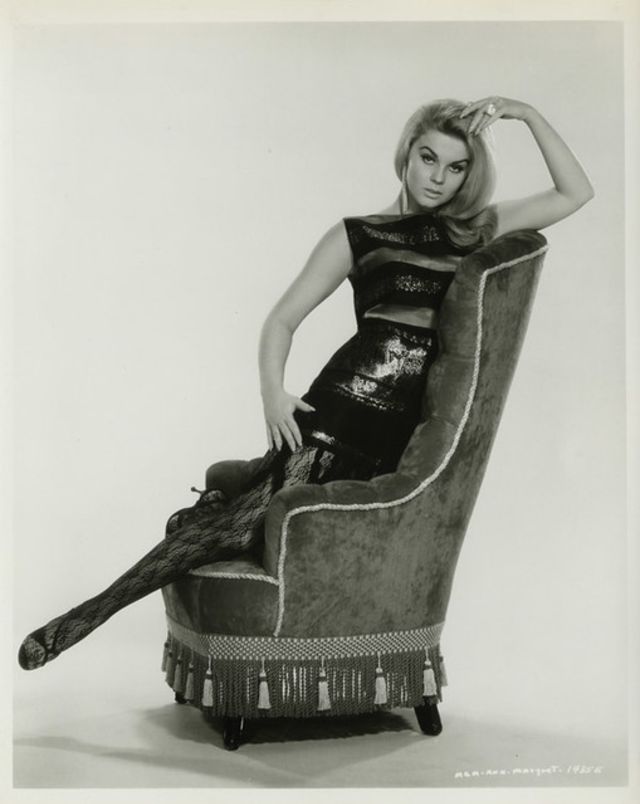
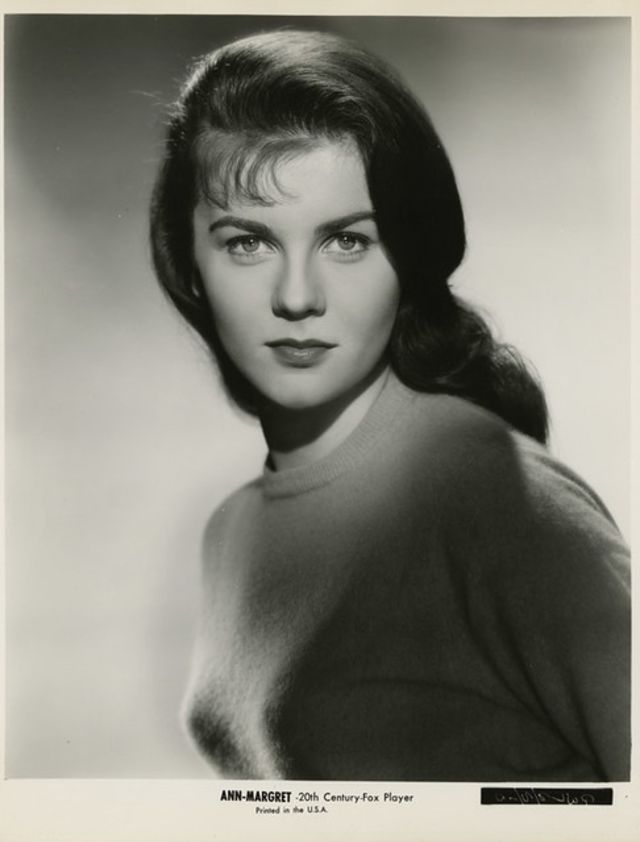
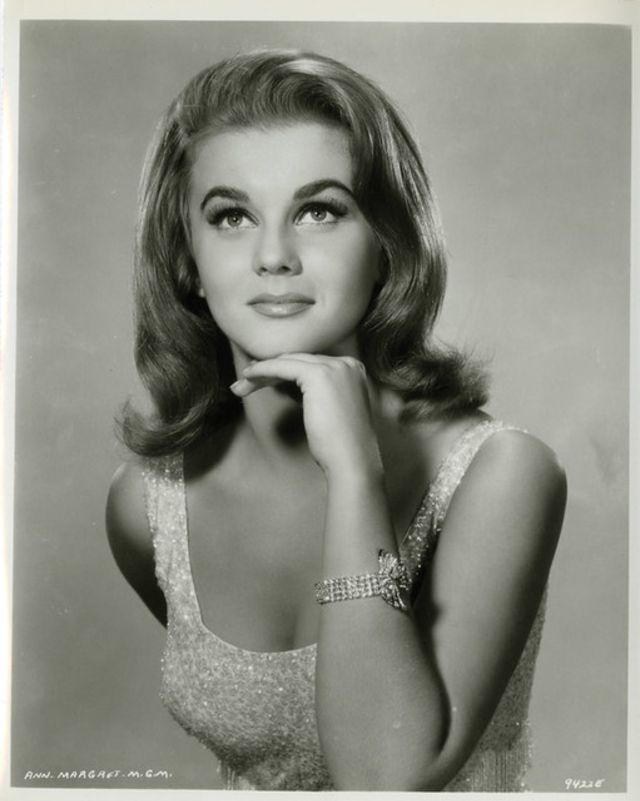
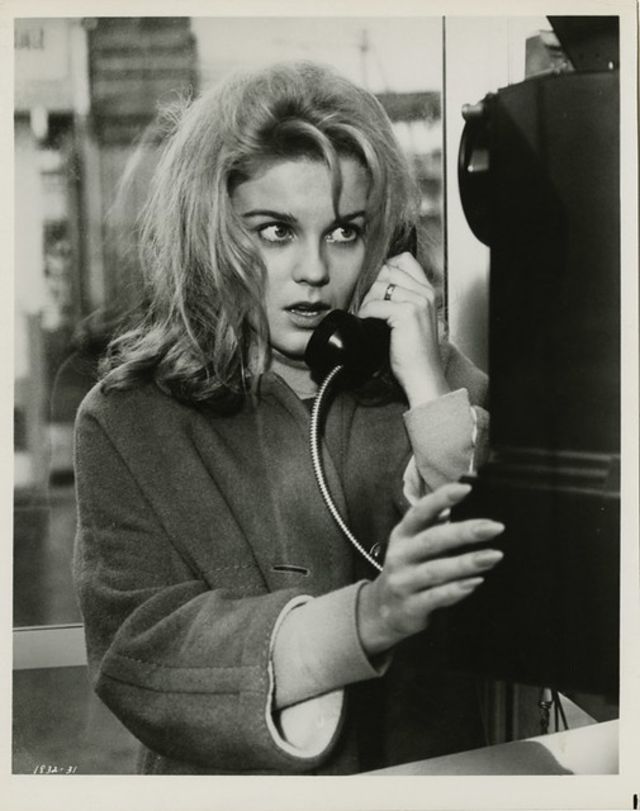
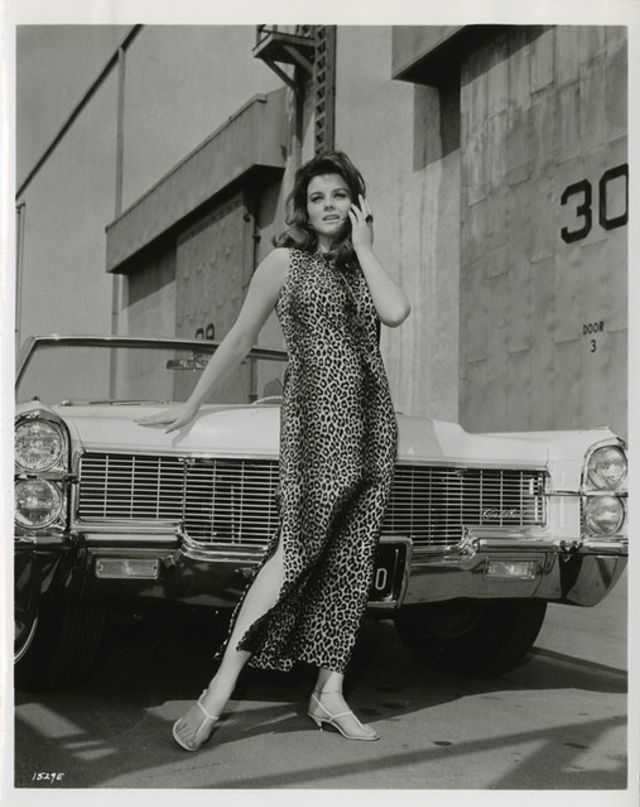
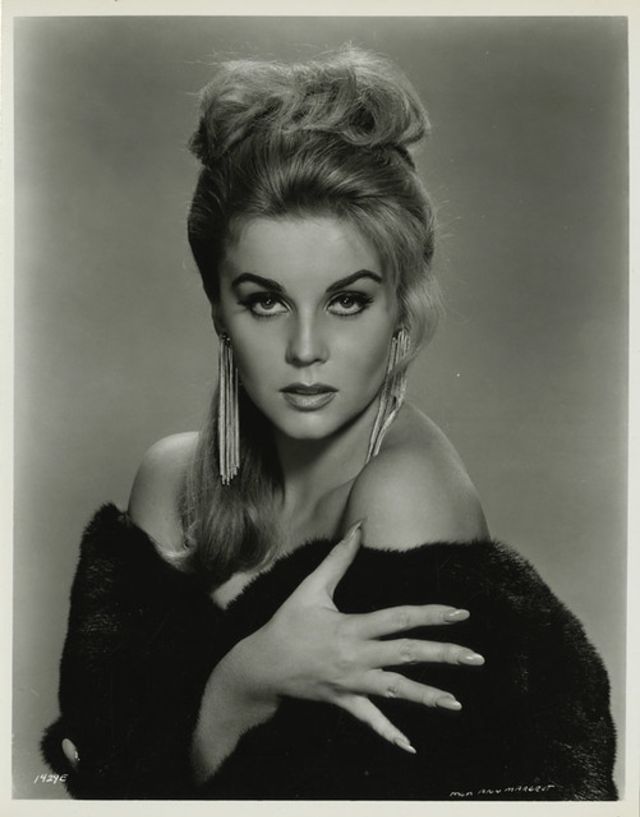
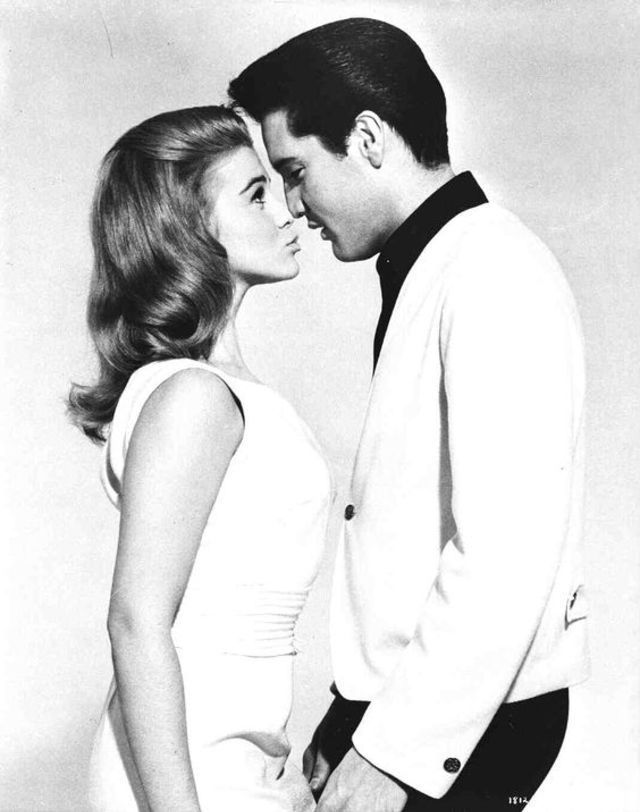
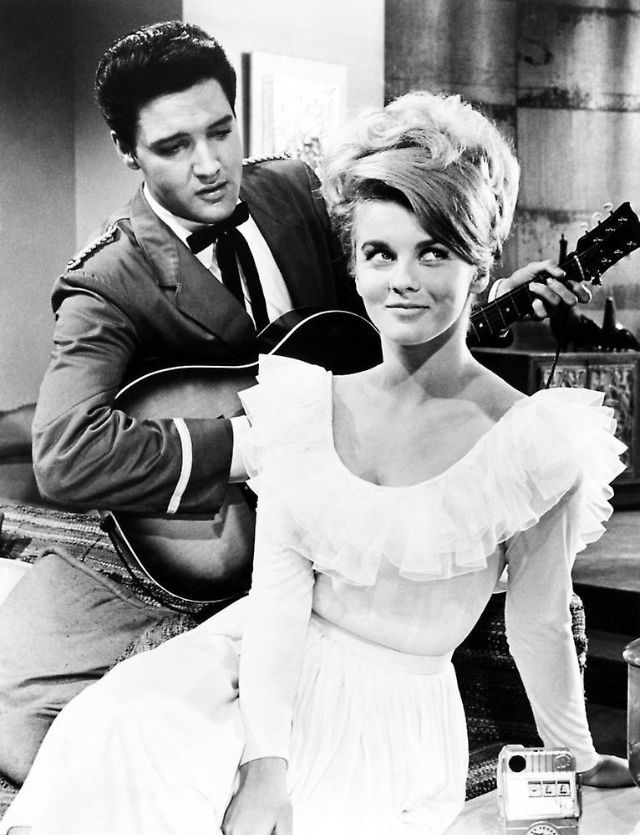
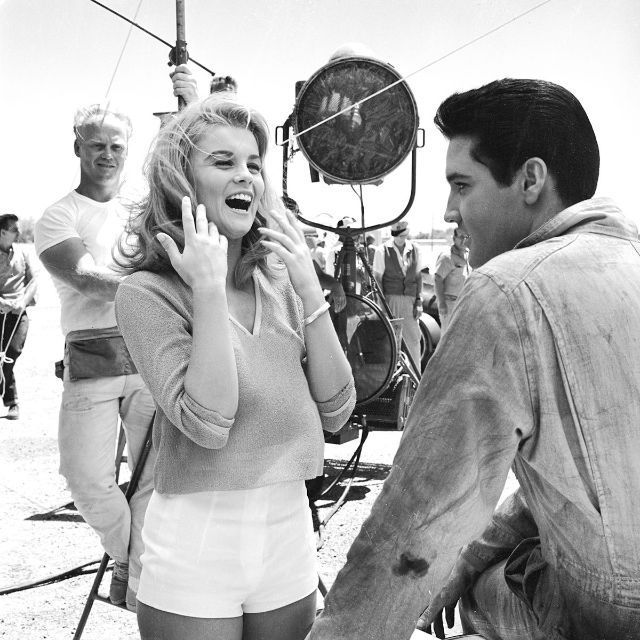
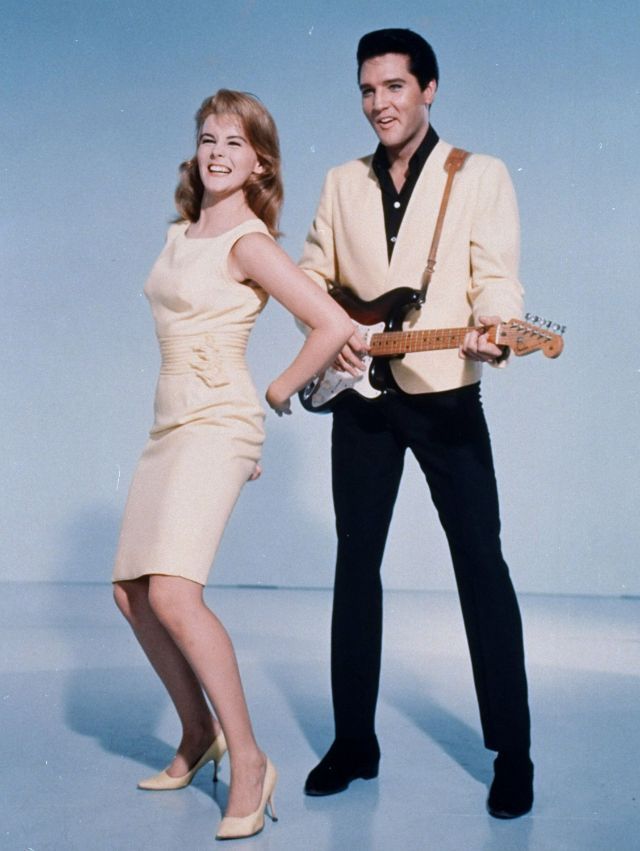
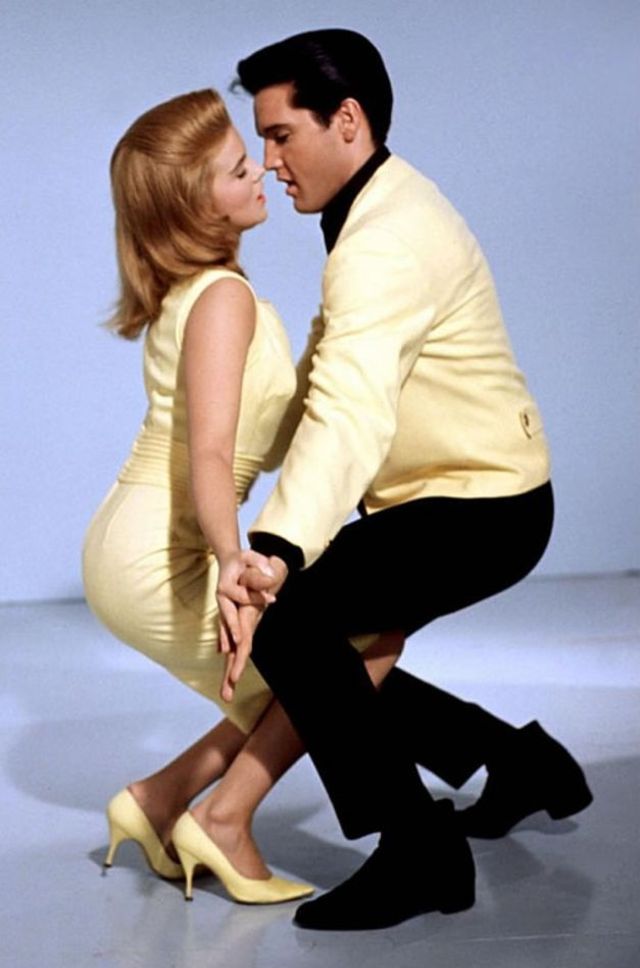
(Photo credit: Pinterest / Wikimedia Commons).



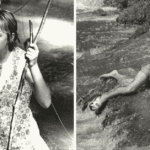

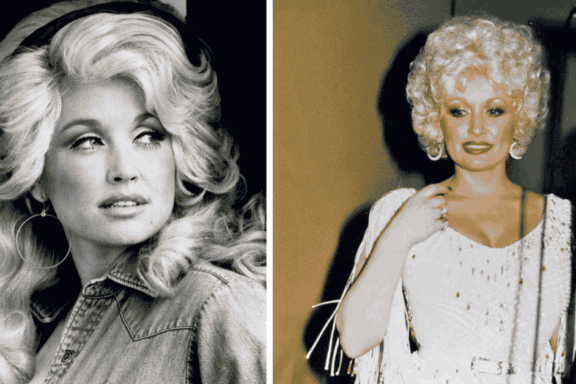
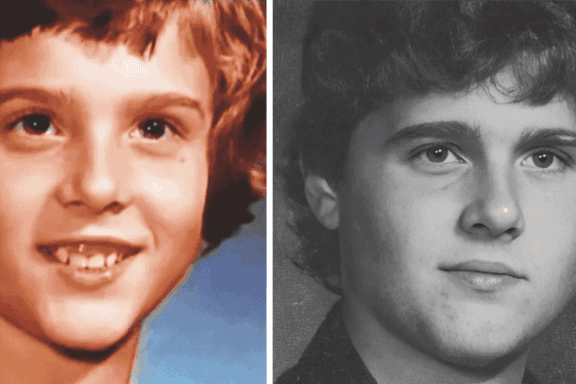

No Comments